Close Combat Clasp, in Gold, by C. E. Juncker
SKU: 01.GTR.0606.101.02
Estimated market value:
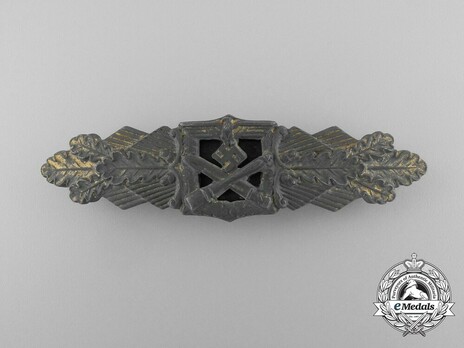
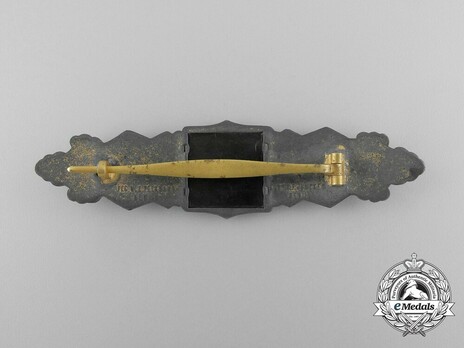
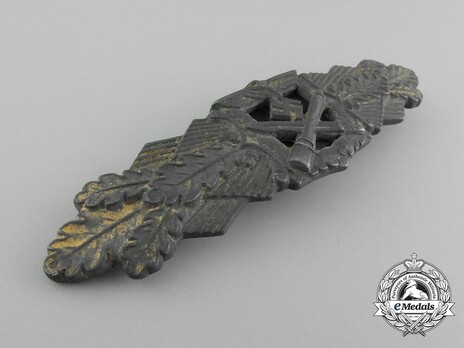
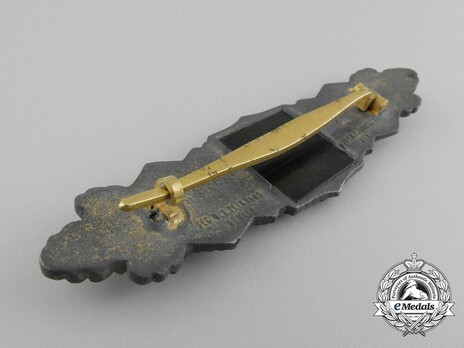
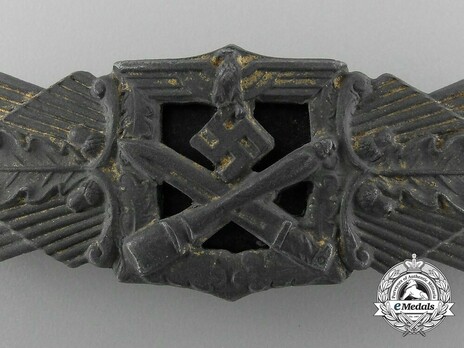
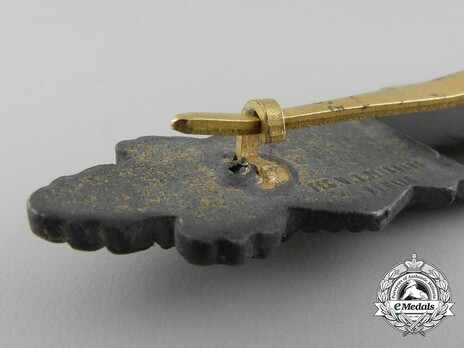
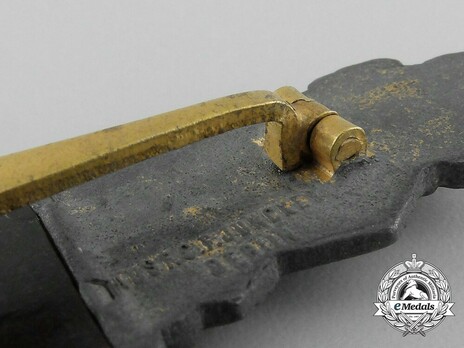
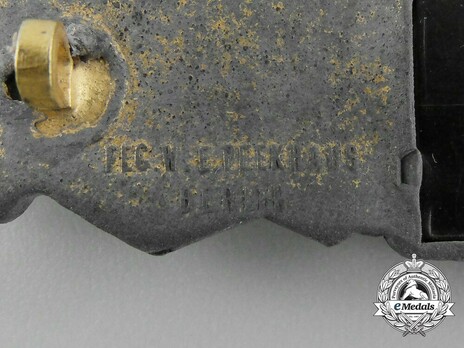
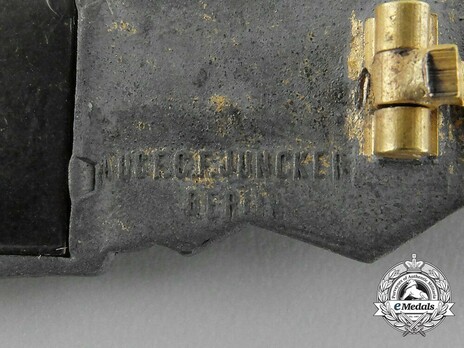
Estimated market value:
Attributes
History
The Close Combat Clasp was instituted by Adolf Hitler on November 25th, 1942 as a new award for frontline troops who participated in hand-to-hand combat. The decoration was intended for infantry units, but other units were also eligible to receive the award.
The decoration was conferred in three grades: bronze (Grade I), silver (Grade II), and gold (Grade III). The bronze grade was awarded for 15 days of close combat, silver for 30 days, and gold for 50 days. If an individual was severely wounded in combat, the number of days could be reduced to 10, 20, and 40. In addition, the clasps could be posthumously awarded to the recipient’s next of kin.
Days in combat were counted from December 1st, 1942, but eventually retrospective credit was given for service in Russia and Northern Africa. 5 combat day were credited for 8 months of service, 10 combat days for 12 months of service, and 15 combat days for 15 months of service.
Hitler considered the Clasp to be the highest infantry decoration and reserved the right to award the Gold grade himself (even though several ended up being awarded by Himmler and Heinz Guderian, respectively). The gilt awards were first awarded on August 27th, 1944. Eventually, it was decided that every soldier who received the Silver grade would also be reviewed for the awarding of the Iron Cross 1st Class, and every soldier receiving the Gold grade would also be awarded the German Cross in Gold.
The clasp was designed by Wilhelm Ernst Peekhaus from Berlin. The vast majority were made of zinc, but other materials can be found on rare occasions. Most companies maker marked their clasps, and some also credited Peekhaus for his design work. Apart from different hardware setups on the reverse, clasps can also be different in the way they received their colour finishes, ranging from high quality plating over lacquering to a low quality wash.
The exact numbers of Close Combat Clasps awarded are unknown. However, for the rarely awarded Gold Grade clasp the available records have confirmed 633 awardings.
While most badges produced by Juncker stand out for their quality and detail, Close Combat Clasps by the company are rather plain. Even the maker mark is sub-standard, since the company name is misspelled to “C. F. Juncker Berlin”, instead of C. E. Juncker on early clasps. On later clasps this mistake was rectified, however the lower part of the “E” still looks somewhat misshapen.
An exception are the Gold Grade presentation clasps that Juncker fashioned for official award ceremonies, at least in material. Unusually, these were made of tombac. They feature a hook on the top of the reverse.


Comments
Sign in to comment and reply.


Scroll Top